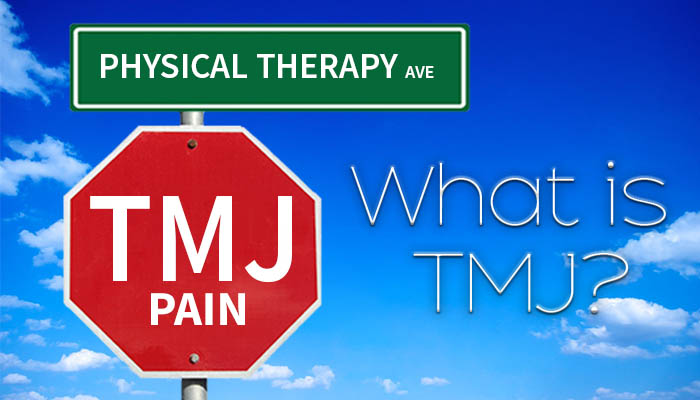
What is TMJ?
What is TMJ?
“I have TMJ” is a term frequently used by people to label their jaw pain, headaches and subsequent disability. However, it’s really no different than someone with shoulder pain saying “I have shoulder joint”. TMJ actually stands for the TemporoMandibular Joint, more commonly known as the jaw joint. These two joints are on both sides of the face just in front of the ears and attach the jaw bone (mandible) to the skull (temporal bone). You can feel these joints move when you open and close your mouth.
People can develop various symptoms around their jaw, cheek, head, face, neck and upper shoulders. These symptoms can severely impact everyday life interfering with talking, chewing, swallowing and yawning. Often, these symptoms are due to muscle and/or joint dysfunction. Medical terms used to describe symptoms of musculoskeletal origin around the jaw, face and neck include: TemporoMandibular Dysfunction or Disorders (TMD), Orofacial Pain, Craniomandibular Disorders, and Craniofacial Pain.
Some symptoms that you may be have include:
Pain – in the jaw, face, cheek, side of head, and neck or upper shoulders
Headaches – most commonly on the side of the head (temporal) and back of head near the neck (occipital), but can also be over the eyes (orbital) or on the forehead (frontal).
Tightness (muscle tension) – in cheeks, jaw, forehead, temporal sides of the head, neck and upper shoulders
Lack of jaw mobility – difficulty opening jaw for eating, talking and yawning.
Jaw locking
Uneven opening of the jaw, or a sensation of your “bite feeling off” upon mouth closure.
Clicking or grating sounds in the jaw joints upon opening and closing the mouth
Ear symptoms – pain, ringing (tinnitus), or a sensation of clogging (ear infection is ruled out).
Tooth pain in apparently healthy teeth (infection ruled out).
Difficulty with talking, eating, chewing, swallowing, smiling, yawning or moving your neck
Interesting facts
😊 The jaw bone is so unique. It is the only bone in the human body to form 2 similar joints that must move synchronously and simultaneously for optimal movement and function.
😊 No two sides of the jaw joints are identical in each individual (according to anatomical research by Thomas M. Eggleton M.S., P.T and Dennis P. Langton, B.S., P.T , 1994)
Get Help
If you have some of the above symptoms, discuss it with your Dentist or your Internist. Ask for a referral to Physical Therapy. A specialized Physical Therapist in TMJ can help correctly determine the cause of your symptoms. Specific treatment can relieve pain and prevent dysfunction.
Visit https://segelovpt.com/tmj-disorders/ for more on TMJ.

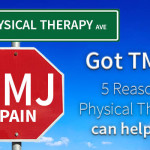 Previous Post
Previous Post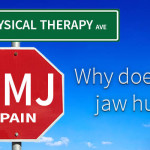 Next Post
Next Post


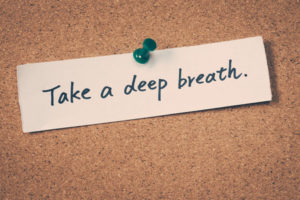
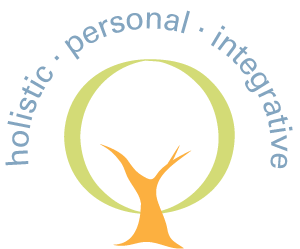 © copyright 2015 Segelov Physical Therapy, PLLC. All rights reserved.
© copyright 2015 Segelov Physical Therapy, PLLC. All rights reserved.